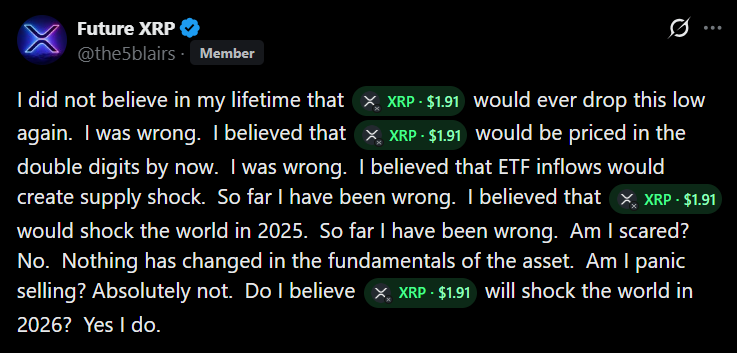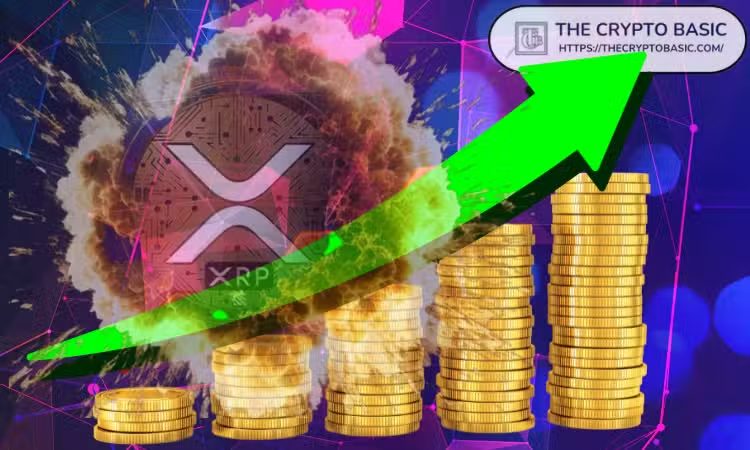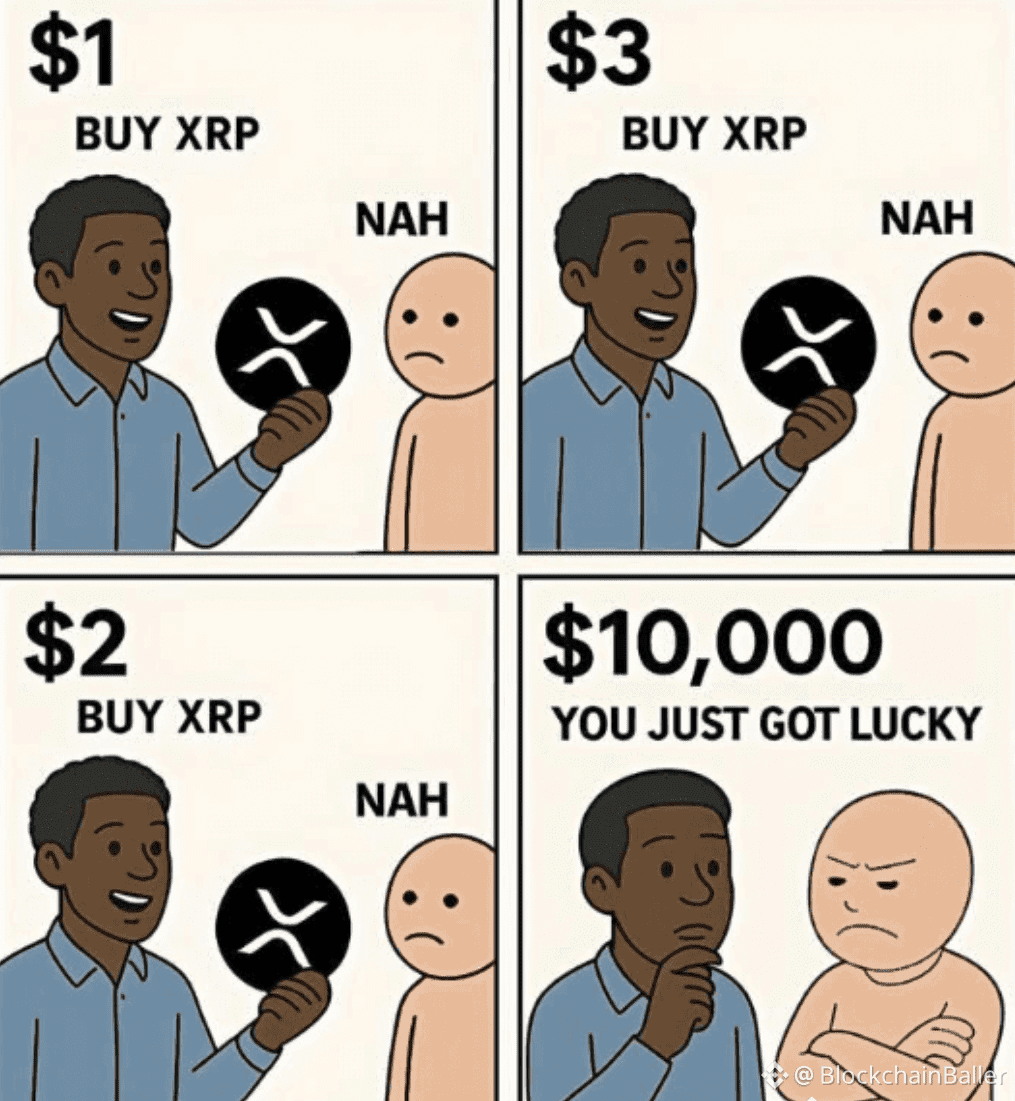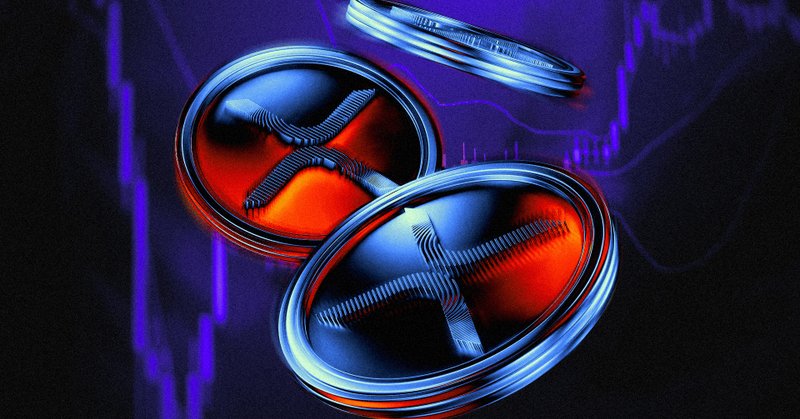Topic Background

Edwin bunny tqr0
币圈小白
XRP 价格飙升?SWIFT 真的确认整合了吗?
关于 SWIFT 整合 XRP 的传闻再次点燃了加密货币市场的热情——但投资者需要了解以下事实。
SWIFT 尚未正式确认与 XRP 的直接整合。然而,XRP 和 XRP 账本 (XRPL) 均符合 ISO 20022 标准,而 ISO 20022 正是 SWIFT 正在过渡到的全球信息传递标准。正是这种兼容性引发了人们对 XRP 未来可能在跨境支付基础设施中发挥作用的猜测。
Ripple 一直将 XRP 定位为快速、低成本国际结算的桥梁资产。虽然 SWIFT 目前依赖其自身的信息传递系统和代币化资产试点项目,但 Ripple 仍在继续与在 SWIFT 网络之外而非内部运营的银行和支付服务提供商建立合作关系。
潜在的价格影响来自预期,而非官方确认。如果 XRP 最终被正式整合或大规模应用于机构结算流程,这将代表着其应用和需求的重大转变。目前,市场关注的是架构的契合度、互操作性和长期发展潜力,而非已公布的交易。
结论:
尚未确认任何整合,但基础设施的契合度是真实存在的,这也是 XRP 持续受到机构投资者关注的原因。
#xrp #RİPPLE #XRPL #CryptoNews #blockchain
$XRP
{spot}(XRPUSDT)

TheCryptoBasic
币圈小白
媒体名人预测 XRP 将在 2026 年震撼世界。#Ripple🧵🧵🧵
尽管 XRP 近期表现不佳,但 XRP 社区仍然坚信它终将迎来重大突破。
支持者们仍然相信,即使价格疲软,XRP 在短期内也拥有巨大的发展潜力。上周,XRP 收盘价跌破 2 美元的心理关口,此后价格持续走低,截至发稿时交易价格为 1.88 美元。
与此同时,XRP 在过去 30 天内下跌了 16%,年初至今下跌了 9%。它回吐了此前的大部分涨幅,较 7 月份创下的 3.66 美元年内高点下跌了 48%。
总而言之,XRP 的价格走势并未达到许多支持者的预期,其中包括匿名人士“未来 XRP”(Blair Report 的创始人)。他在周一的推文中表示,XRP 的价格表现低于他之前的预期。
据他所说,他从未想过XRP会在有生之年跌至如此低点。此外,他曾预测这种加密货币今年会“震惊世界”,但至今为止,它并未做到。
他此前预测XRP此时的交易价格将达到两位数,但即便有ETF参与,这一预测也未能实现。作为参考,五只美国现货XRP ETF昨日录得1089万美元的资金流入,延续了其零流出记录,累计净流入达到10亿美元。
然而,XRP并未对这笔资金流入做出反应,也没有像Future XRP预测的那样出现供应冲击。因此,他承认自己迄今为止的所有预测都是错误的。
尽管如此,他表示自己并不担心XRP的价格走势。他坚定不移的信心源于他认为该代币的基本面并未发生变化。
这位爱好者透露,他不会在恐慌中抛售手中的XRP,因为他看好该币种的近期和长期前景。他预测,尽管XRP今年增长停滞,但未来几年它仍将保持增长势头。它将在2026年震惊世界。
与此同时,在另一项平行分析中,他将XRP与石油进行了比较,指出两者都是大宗商品。他认为,多家公司正在围绕XRP构建业务,这凸显了该资产的实际应用价值和新兴市场潜力。他还补充道,石油价格取决于供需关系,而非埃克森美孚等大型石油公司的举措,XRP的价格走势也将遵循这一规律。
值得注意的是,关于XRP在2026年的表现预测层出不穷,大多数预测都指向价格反弹。最近的一份报告预测,XRP在2026年可能达到5美元,并列举了四个理由来支持这一观点。分析师Dr. Cat则预测XRP价格将更加强劲,预计明年将上涨至20至30美元之间。
尽管市场普遍看好XRP在2026年的表现,但评论员Vincent Scott警告称,这些预测并不现实。他特别指出了一篇声称XRP价格将上涨3美元的文章。


TheCryptoBasic
币圈小白
分析师称 XRP 价格可能在 2027 年迎来绝对的抛物线式上涨。🧵🧵🧵
XRP 社区人物 Chad Steingraber 概述了 XRP 最强劲的增长阶段的时间表,预计该阶段将在 2027 年到来。
值得注意的是,预计此次价格飙升将源于美国金融市场的大规模代币化。这位分析师发表此番言论是为了回应美国证券交易委员会 (SEC) 的评论,SEC 表示整个美国市场可能在两年内实现代币化。
Steingraber 认为,2026 年可能是一个稳步增长期,代币化资产将“快速且持续”增长。
与此同时,他认为真正的转变将在 2027 年到来,届时代币化活动可能会呈抛物线式增长,随着机构大规模转向代币化,XRP 账本 (XRPL) 将吸收金融活动。
值得注意的是,Steingraber 的评论是在 Securitize 发表文章之后发布的,该文章强调了代币化趋势仍处于早期阶段。来自RWA.xyz和其他来源的数据显示,代币化资产在全球金融市场中所占比例极小。
例如,代币化固定收益资产的市值不足90亿美元,而全球金融市场总市值超过145万亿美元。同样,代币化股票的市值也不足10亿美元,而全球股票总市值约为126万亿美元。即使在发展最为成熟的私募信贷领域,代币化资产的市值也低于总市值的1%。
对于XRP的支持者来说,这些数据支持了他们的观点,即该领域仍处于“第一局”,最大的增长阶段尚未到来。
知名XRP分析师X Finance Bull赞同Steingraber的时间表。他将2026年描述为“引入阶段”,并将2027年描述为流动性动态转变的转折点。
在他看来,一旦流动性集中在链上,其他资产和参与者就会迅速涌入,从而有利于那些具有高吞吐量和符合监管要求的账本。
其他评论员也表达了类似的预期。一位分析师预测,到2026年,15%至20%的市场可能会实现代币化,其余市场将在2027年跟进。尽管对2026年的前景持谨慎态度。评论员称明年是增长的“史诗级”一年。
然而,较为谨慎的声音警告说,代币化本身并不会自动创造需求,除非资产被积极使用、结算和交易。
这一讨论建立在早前援引美国证券交易委员会主席保罗·阿特金斯(Paul Atkins)的报道之上。阿特金斯在电视直播中预测,美国所有市场将在几年内实现链上交易。他强调了即时结算、提高透明度和降低交易对手风险等优势。
XRP社区成员将这一监管变化视为重要的催化剂。他们认为,像XRPL这样的企业级网络比“炒作驱动”的区块链更有能力支持受监管的金融市场。
目前XRP的交易价格低于2美元,分析师们对于代币化如何转化为价格上涨的看法各不相同。
X Finance Bull认为,如果数万亿美元的资产转移到链上,XRP的价格可能在两年内达到100美元。而更为保守的预测则认为,要达到100美元的价格,时间可能要到2030年代甚至更晚。
与此同时,对许多持有者而言,关键不在于具体的价格,而在于2027年可能带来的重大变革。支持者认为,如果代币化如预期般发展,且XRPL能够处理更多实际交易,XRP的价格将会比现在更强劲。
在一份广为引用的报告中,Ripple预测代币化市场规模到2033年可能达到19万亿美元。基于这一预测,分析师Brad Kimes认为XRP的价格到2026年可能达到10美元,到2029年可能达到54美元。



Solana
币圈小白
Mindshare预测2025年最受欢迎的区块链生态系统
1. Solana - 26.79%
2. Base - 13.94%
3. Ethereum - 13.43%
4. Sui - 11.77%
5. BNB Chain - 9.05%
6. XRP Ledger - 4.68%
7. Sonic - 2.29%
8. Cardano - 1.92%
9. Bittensor - 1.91%
10. Hyperliquid - 1.57%
11. TON - 1.23%
12. Avalanche - 1.17%
13. Bitcoin - 1.08%
14. Berachain - 0.81%
15. Hedera - 0.79%
16. Polygon - 0.78%
17. Abstract - 0.66%
18. Arbitrum - 0.60%
19. 卡斯帕 - 0.58%
20. 莱尼亚 - 0.56%










